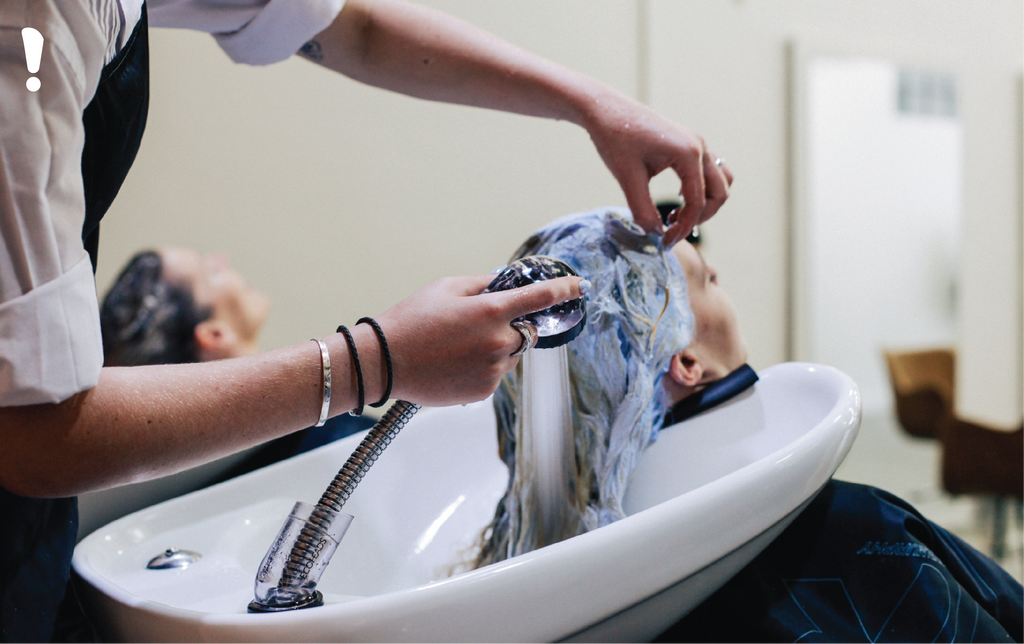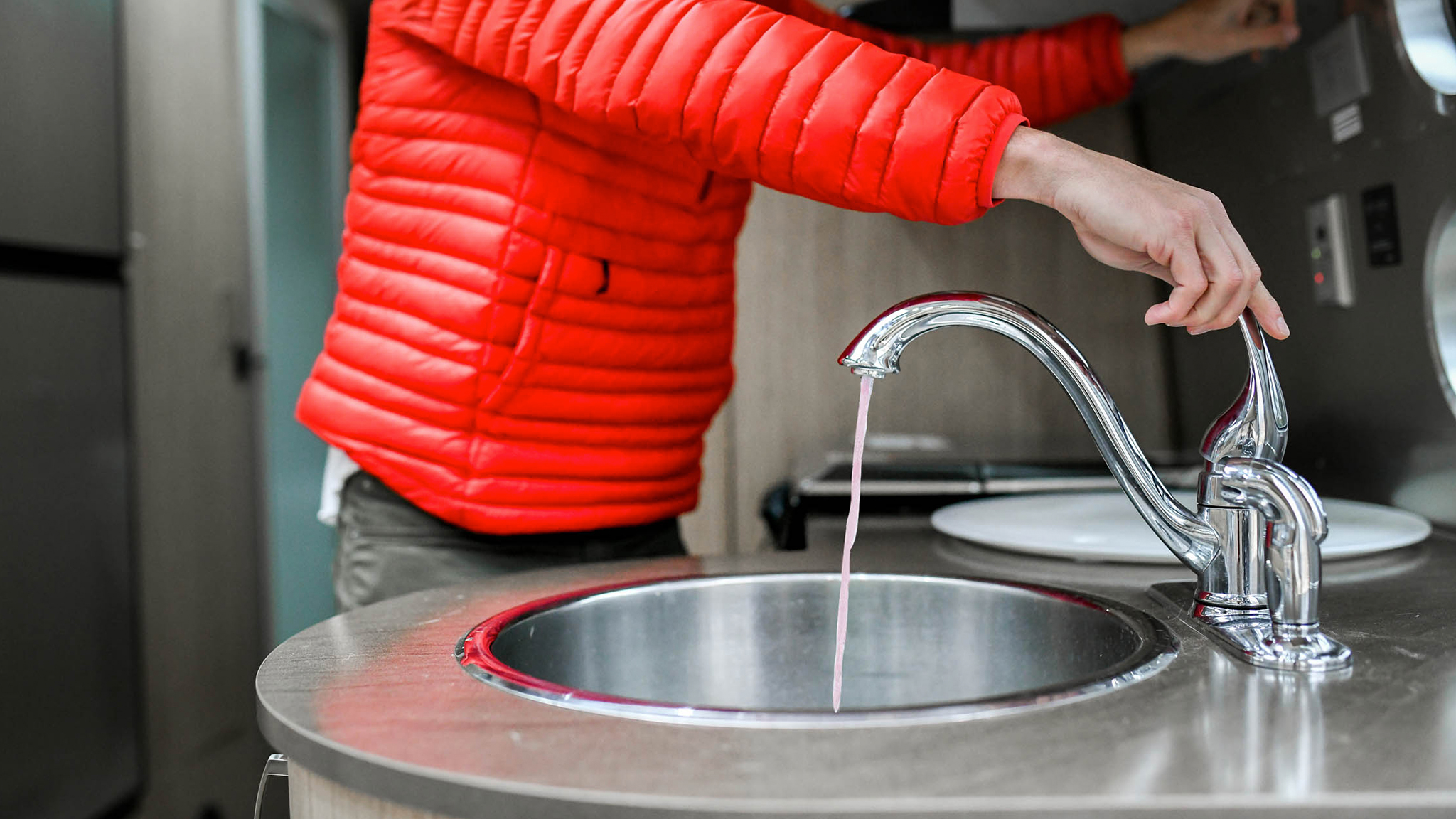Smart Approaches to Protect Your Plumbing in Chilly Temperatures
Smart Approaches to Protect Your Plumbing in Chilly Temperatures
Blog Article
Have you been in search of facts concerning How to Prevent Frozen Pipes?

All house owners that reside in pleasant climates need to do their ideal to winterize their pipes. It is something you have to do during autumn before deep winter season genuinely starts. Failing to do so can lead to catastrophe like frozen, broken, or ruptured pipes. Right here are some useful winterizing hacks to keep your plumbing system secured even if the weather condition exterior is frightful.
Attempt a Hair Clothes Dryer or Heat Weapon
When your pipelines are almost freezing, your trusty hair dryer or warm gun is a blessing. Bowling warm air directly into them may assist if the hot towels do not assist dislodge any working out ice in your pipelines. Nevertheless, do not use various other items that produce straight flames like a strike lantern. This can cause a larger disaster that you can not manage. You might end up destructive your pipes while trying to thaw the ice. And also in the future, you may even end up melting your house. So be careful!
Open Cupboard Doors Hiding Plumbing
It would be useful to open up cupboard doors that are concealing your pipelines when it's chilly outside. For instance, they could be someplace in your kitchen or restroom. This will certainly allow the cozy air from your heater to flow there. Because of this, you protect against these exposed pipelines from cold. Doing this tiny method can maintain your pipes warm and also limit the possibly unsafe end results of freezing temperature levels.
Take Some Time to Cover Exposed Piping
One very easy as well as great hack to heat up freezing pipelines is to wrap them with warm towels. You can likewise use pre-soaked towels in warm water, just do not neglect to wear safety gloves to guard your hands from the warmth.
Activate the Faucets
When the temperature level declines as well as it seems as if the icy temperature level will last, it will aid to turn on your water both indoors and also outdoors. This will keep the water flowing with your plumbing systems. Furthermore, the movement will certainly reduce the cold process. Significantly, there's no demand to transform it on full blast. You'll wind up wasting gallons of water in this manner. Rather, aim for concerning 5 drops per minute.
When Pipes are Frozen, close Off Water
If you observe that your pipelines are completely frozen or virtually nearing that phase, turn off the primary water shutoff right away. You will generally locate this in your basement or utility room near the heating unit or the front wall closest to the street. Transform it off as soon as possible to stop further damage.
Don't neglect to shut external water resources, as well, such as your connection for the garden house. Doing this will avoid added water from filling up your plumbing system. Sadly, with more water, more ice will pile up, which will at some point lead to rupture pipes. If you are uncertain about the state of your pipelines this winter, it is best to call a specialist plumber for an inspection. Taking this aggressive approach can save you countless dollars in repairs.
All home owners who live in pleasant climates have to do their finest to winterize their pipelines. Failure to do so can lead to disaster like frozen, cracked, or ruptured pipelines. If the warm towels do not aid displace any settling ice in your pipelines, bowling warm air directly into them might help. Turn off the primary water shutoff promptly if you see that your pipes are completely frozen or nearly nearing that stage. With more water, even more ice will stack up, which will at some point lead to break pipes.
PREVENT YOUR PIPES FROM FREEZING THIS WINTER
A Leading Cause of Property Damage
When the weather is taking a deep nose dive into the cold dreary days, the risk of your pipes freezing and potentially bursting skyrockets. Unfortunately, during these cold dreary months, burst pipes are the most common denominator for property damage. The pipes that are most at the risk are those that are in areas where it is most cold in your home. For instance, pipes located in interior places such as basements, attics, and your garage. Unfortunately, that doesn’t mean that the pipes running through your cabinets or exterior walls can’t freeze. Good news, however, is that you can do things to help prevent pipes from freezing.
How to Prevent Pipes From Freezing
Once the temperature starts to drop during the winter, you should be taking the proper measures needed to ensure that your pipes stay warm and that there is circulation of water through them. Some steps that experts may recommend could go against your better judgement when it comes to saving water and heat. However, it would go without saying that when expenses are compared, damaged pipes could put a bigger dent in your wallet than a water bill.
What Can I Do?
Keep your garage door closed. This is very important, especially if you have water supply lines running through your garage. Open your kitchen and bathroom cabinets to allow warm air to circulate through them. Allow air circulation throughout your home. Keeping the interior doors open will once again allow the warm air to circulate inside your home. Ensure your thermostat is running the same temperature throughout the night and day. If you plan to be away from home during the cold months, set your temperature no lower than 55° F. This should provide enough heat to keep the pipes warm and prevent any remaining water inside the pipes from freezing. For more of a long-term solution, add insulation to attics, basement, and other crawl spaces around your home. By allowing your faucet to drip, it will alleviate pressure in the system. This is important because the pressure that is created between the blockage and the faucet can potentially cause the pipes to burst. Allowing the faucet to drip will prevent the pressure from building up, therefore keeping the pipes from bursting. Seal any cracks, openings, and crawl spaces around your home to prevent cold air from coming inside. This keeps your pipes-not to mention your home-warmer and less susceptible to issues caused by freezing temperatures. For the pipes in your home that are easily accessible, applying electrical tape to them might prevent them from freezing over. This is a quick fix, as you can apply the tape directly to the pipe. There are two options for heating tapes. One turns on and off by itself when it senses heat is needed. The other type of heating tape needs to be applied when heat is needed and removed when not necessary. If you have exposed pipes in your home, you can check this website to take a look at a few options that would be available at a shop near you.

Do you enjoy reading up on Prevent Freezing and Bursting Pipes? Leave feedback down below. We would be pleased to find out your opinions about this piece. We are looking forward that you visit us again in the near future. Are you aware of somebody who is curious about the topic? Feel free to share it. We love reading our article about Prevent Freezing and Bursting Pipes.
Visit My Web Page Report this page